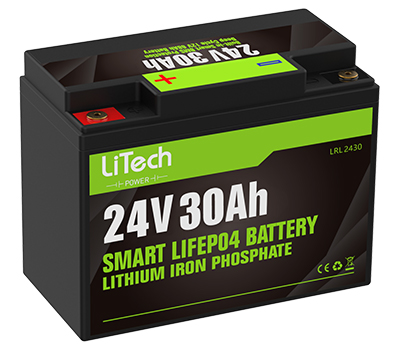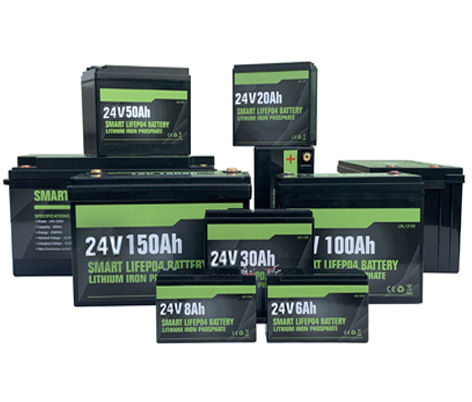What is MOSFET,and its working methods?
Date:8/5/2020
What is MOSFET,and its working methods?
Introduction:
The MOSFET (Abbreviation of Metal Oxide Semiconductor Field Effect Transistor) transistor is a semiconductor device which is widely used for switching and amplifying electronic signals in the electronic devices. The MOSFET is a core of integrated circuit and it can be designed and fabricated in a single chip because of these very small sizes. The MOSFET is a four terminal device with source(S), gate (G), drain (D) and body (B) terminals. The body of the MOSFET is frequently connected to the source terminal so making it a three terminal device like field effect transistor. The MOSFET is very far the most common transistor and can be used in both analog and digital circuits.
The MOSFET works by electronically varying the width of a channel along which charge carriers flow (electrons or holes). The charge carriers enter the channel at source and exit via the drain. The width of the channel is controlled by the voltage on an electrode is called gate which is located between source and drain. It is insulated from the channel near an extremely thin layer of metal oxide. The MOS capacity present in the device is the main part
The MOSFET can function in two ways
Depletion Mode& Enhancement mode:
Depletion Mode: When there is no voltage on the gate, the channel shows its maximum conductance. As the voltage on the gate is either positive or negative, the channel conductivity decreases.
Enhancement mode: When there is no voltage on the gate the device does not conduct. More is the voltage on the gate, the better the device can conduct.
Working Principle of MOSFET:
The aim of the MOSFET is to be able to control the voltage and current flow between the source and drain. It works almost as a switch. The working of MOSFET depends upon the MOS capacitor. The MOS capacitor is the main part of MOSFET. The semiconductor surface at the below oxide layer which is located between source and drain terminal. It can be inverted from p-type to n-type by applying a positive or negative gate voltages respectively. When we apply the positive gate voltage the holes present under the oxide layer with a repulsive force and holes are pushed downward with the substrate. The depletion region populated by the bound negative charges which are associated with the acceptor atoms. The electrons reach channel is formed. The positive voltage also attracts electrons from the n+ source and drain regions into the channel. Now, if a voltage is applied between the drain and source, the current flows freely between the source and drain and the gate voltage controls the electrons in the channel. Instead of positive voltage if we apply negative voltage , a hole channel will be formed under the oxide layer.
P-Channel MOSFET:
The P- Channel MOSFET has a P- Channel region between source and drain. It is a four terminal device such as gate, drain, source, body. The drain and source are heavily doped p+ region and the body or substrate is n-type. The flow of current is positively charged holes. When we apply the negative gate voltage, the electrons present under the oxide layer with are pushed downward into the substrate with a repulsive force. The depletion region populated by the bound positive charges which are associated with the donor atoms. The negative gate voltage also attracts holes from p+ source and drain region into the channel region.
N- Channel MOSFET:
The N-Channel MOSFET has a N- channel region between source and drain It is a four terminal device such as gate, drain , source , body. This type of MOSFET the drain and source are heavily doped n+ region and the substrate or body is P- type. The current flows due to the negatively charged electrons. When we apply the positive gate voltage the holes present under the oxide layer pushed downward into the substrate with a repulsive force. The depletion region is populated by the bound negative charges which are associated with the acceptor atoms. The electrons reach channel is formed. The positive voltage also attracts electrons from the n+ source and drain regions into the channel. Now, if a voltage is applied between the drain and source the current flows freely between the source and drain and the gate voltage controls the electrons in the channel. Instead of positive volta










